Meet Ford: A Feisty and Fierce Little Warrior
Ford is a commanding force, in all senses of the word. As a Leo born in August, he truly encompasses all traits of the fierce lion – courageous, fearless, and brave. Not only does he light up a room with his infectious smile, laughter and captivating voice, he draws everyone in like a magnet.
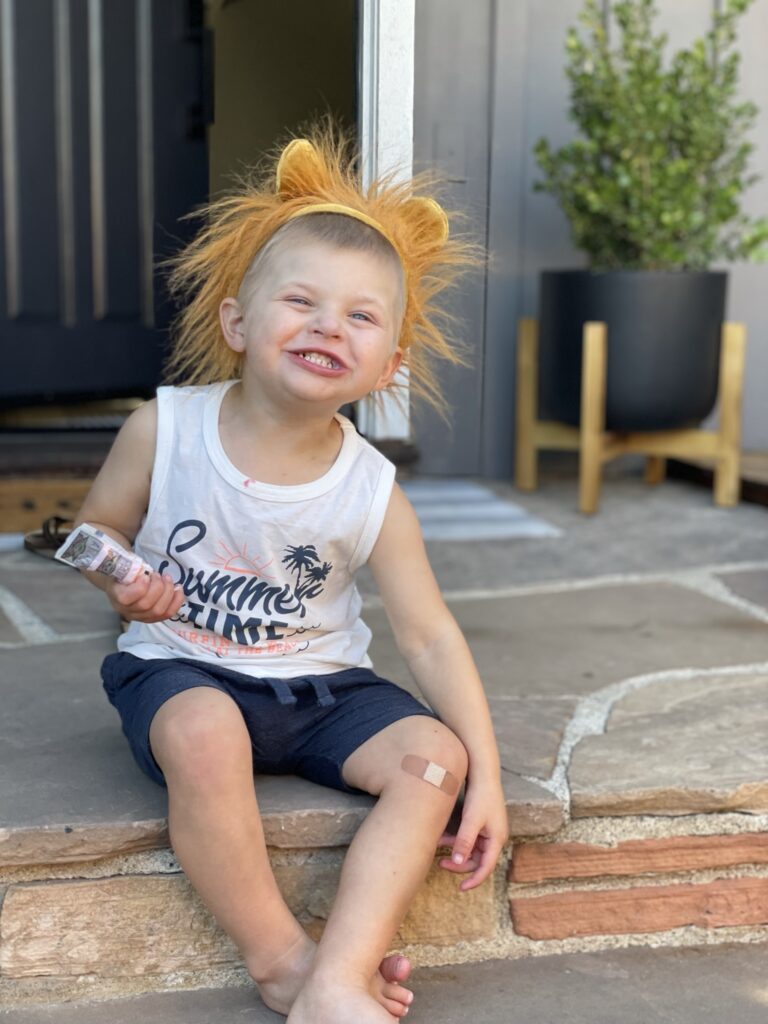
Ford smiling from ear to ear in his lion ears.
What Is Sarcoma?
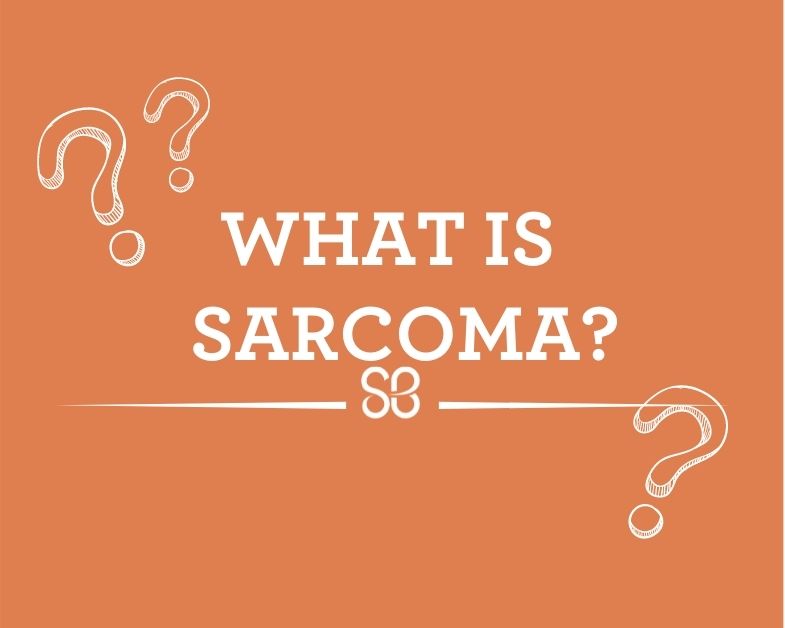
What are childhood sarcomas?
A sarcoma is a tumor that grows in the bone or soft tissue (muscles, nerves and fat) anywhere in the body. Sarcomas are rare, especially in young children, accounting for less than 15% of childhood cancers.
Pediatric sarcomas are classified into two major categories: bone sarcomas and soft tissue sarcomas.
Bone sarcomas can appear in any bone, but are most often seen in the leg, arm, pelvis or rib. The most common bone sarcomas are Ewing sarcoma and osteosarcoma.
Soft-tissue sarcomas can occur in any soft tissue, anywhere in the body. The most common soft-tissue sarcomas are embryonal rhabdomyosarcoma and alveolar rhabdomyosarcoma.
Within these two umbrella categories, there are many different types of sarcomas that can develop in children.
Sarcomas can start off being tiny lumps that you can’t feel. They can spread through the body, or metastasize, before they grow big enough to be seen.
What Is Ewing Sarcoma?
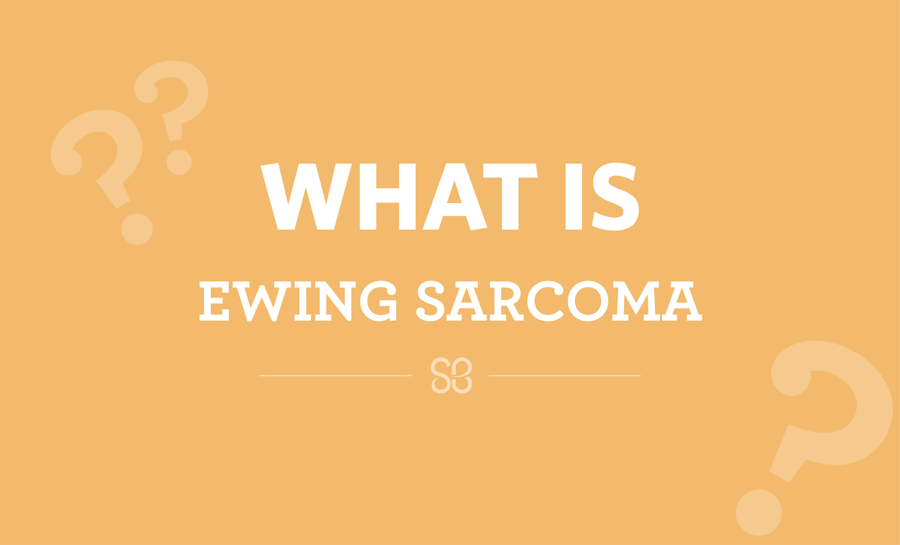
Jason Yustein, M.D., Ph.D., a St. Baldrick’s Foundation Board Member and Scientific Program Committee Member, at Emory University School of Medicine, Georgia, explains Ewing sarcoma symptoms, treatment options, and research opportunities.
What is Ewing sarcoma?
Ewing sarcoma is a type of childhood cancer that is most frequently found in children and adolescents between the ages of 10 and 20 years old.
Ewing sarcoma — the second most common bone cancer after osteosarcoma — often originates in the long, large bones of the body, including the hip, thigh, shin, chest, and arm bones.
What Is Alveolar Rhabdomyosarcoma?
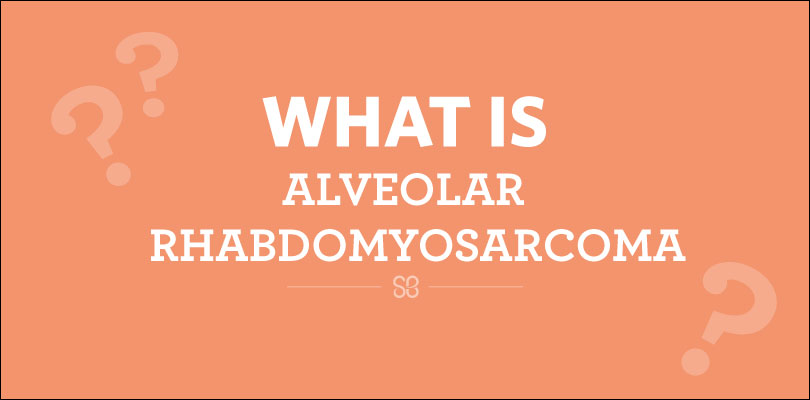
What is alveolar rhabdomyosarcoma?
There are two main types of pediatric rhabdomyosarcoma: embryonal rhabdomyosarcoma and alveolar rhabdomyosarcoma.
- Embryonal rhabdomyosarcoma (ERMS) occurs most often in children under 10 years old and is found in the head, neck, urinary tract, or reproductive organs. It is the most common type.
- Alveolar rhabdomyosarcoma (ARMS) is more aggressive, occurs more commonly in teens or young adults, and usually starts in the torso, arms, or legs.
Rhabdomyosarcoma is the most common soft tissue cancer in children, with approximately 350 new cases each year in the United States.
What Is Embryonal Rhabdomyosarcoma?
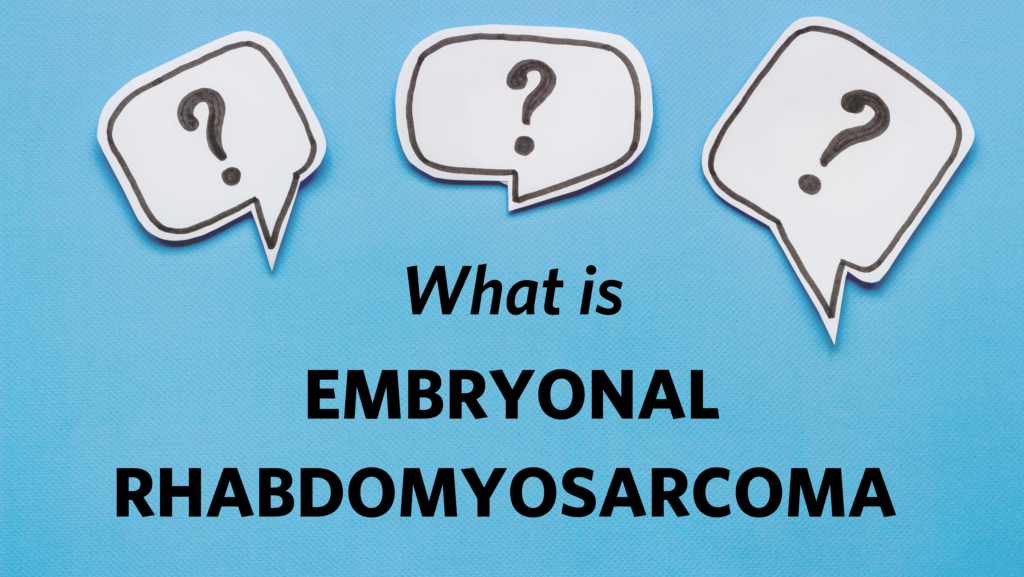
What is embryonal rhabdomyosarcoma?
Embryonal rhabdomyosarcoma is a malignant soft tissue tumor that is formed from embryonic skeletal muscle tissue, the type of tissue that grows into skeletal muscles.
When we think about skeletal muscles, we might first think of biceps or hamstrings, but embryonal rhabdomyosarcoma doesn’t usually start in the arms or legs. Most often, these tumors are seen in the head or neck, bladder, or reproductive organs.
Meet the 2023 St. Baldrick’s Ambassadors!
What Is Osteosarcoma?

What is osteosarcoma?
Osteosarcoma is the most common type of bone cancer in children. It often originates in the long bones of the body that include the thigh bone, the shinbone, or the bone that runs from the shoulder to the elbow, called the humerus.
While osteosarcoma frequently starts in a particular bone, it can potentially move to other sites in the body, such as the lungs and other bones. This movement, known as metastasis, often makes the disease more difficult to treat.
A type of childhood cancer, osteosarcoma is commonly found in children children, teens, and young adults between the ages of 10 and 30. Patients who are 10-20 years of age account for 60% of osteosarcoma cases.
You can help to find the best treatments for kids with cancer. Donate now to help them grow up and live long, healthy lives >
Through Research My Son’s Star Still Shines Bright
Diagnosed with a rare sarcoma when he was a toddler, Honored Kid Alan passed away five years ago. With his chubby-cheeked grin and bright personality, the 2014 St. Baldrick’s Ambassador has inspired all of us — and as his mom writes in this blog, Alan’s impact continues to be felt in a big, brilliant way. Read on to learn how…
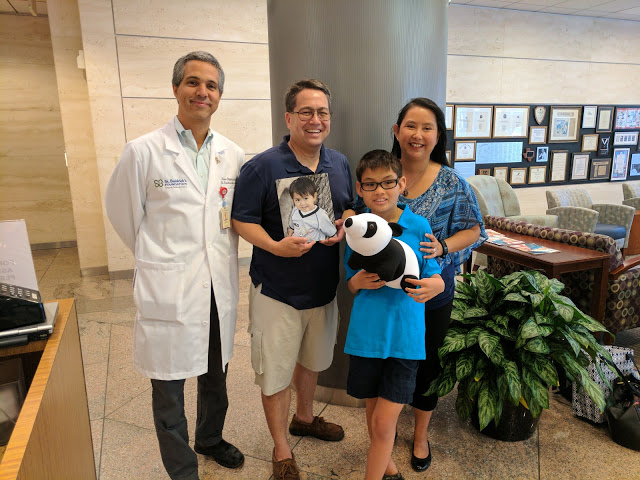
Dr. Nino Rainusso meets with Alan’s family, plus Hilly the bear, a stuffed panda purchased in Washington D.C. to represent Alan’s lost opportunities.
Four years ago, we established a Hero Fund with the St. Baldrick’s Foundation to raise money for sarcoma research in Alan’s memory. Last July we were thrilled to share that the fundraising we had done through Alan’s Sarcoma Research Fund had given us the opportunity to name a grant.
Dr. Nino Rainusso of Baylor College of Medicine at Texas Children’s Hospital would be named the Alan’s Sarcoma Research Fund St. Baldrick’s Scholar for his work in identifying and examining the most difficult-to-treat cancer cells from patients at Texas Children’s.
The Girl Who Beat the Odds: Lily’s Story
Spunky, determined, and positive, 12-year-old Lily is a childhood cancer survivor in a family continually facing the disease. Read on for more of her inspirational story and see how this two-time shavee℠ is facing cancer survivorship head on and helping other kids like her.
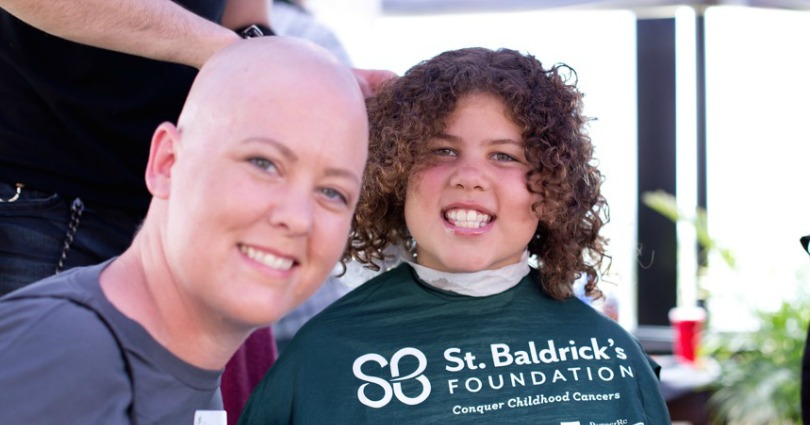
Lily with her mom, Jennifer, during Lily’s 2014 shave.
For the Mallory family, hope is a curly-haired, 11-year-old girl named Lily.
In 2008 at the age of 3, Lily was diagnosed with two cancers — an adrenal cortical carcinoma and a sarcoma in her leg. Years later, her mom was diagnosed with two cancers too — breast cancer and sarcoma in her arm. The breast cancer has since metastasized to her bones, lungs and brain.
“There’s only so much you can do, but you could always be that one. You could be the Lily that defies all the odds,” said her mother, Jennifer.
A Heartfelt Goodbye to Two Board Members
Today marks the end of an era for Joe Bartlett and Chuck Chamness as they complete their terms on our board of directors. Read 2012 Ambassador Sarah’s heartfelt letter thanking them for all the hard work they’ve dedicated to kids with cancer.
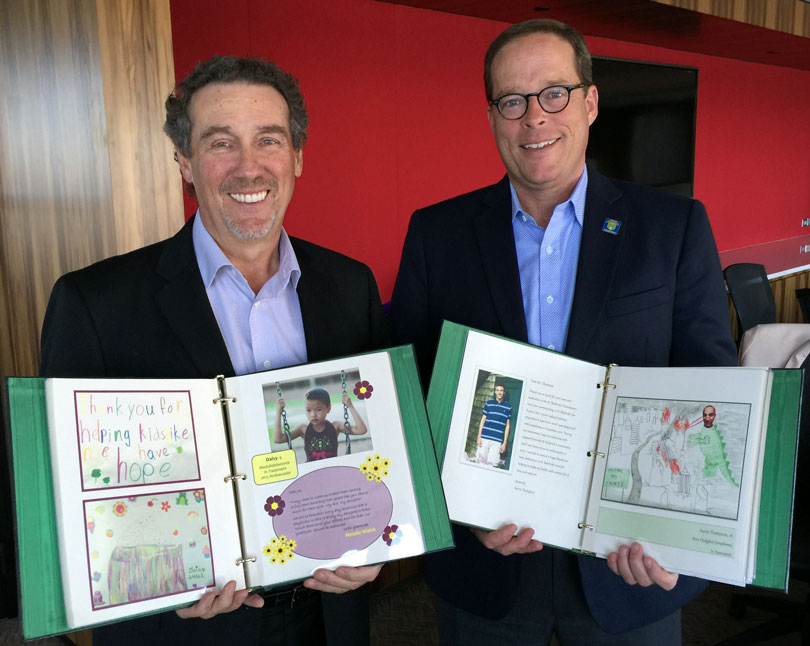
Joe Bartlett (left) and Chuck Chamness hold their goodbye gifts at their final St. Baldrick’s board meeting.
Dear Mr. Bartlett and Mr. Chamness,
I want to thank you for all you have done as members of the St. Baldrick’s Foundation’s board of directors.
Older Posts »

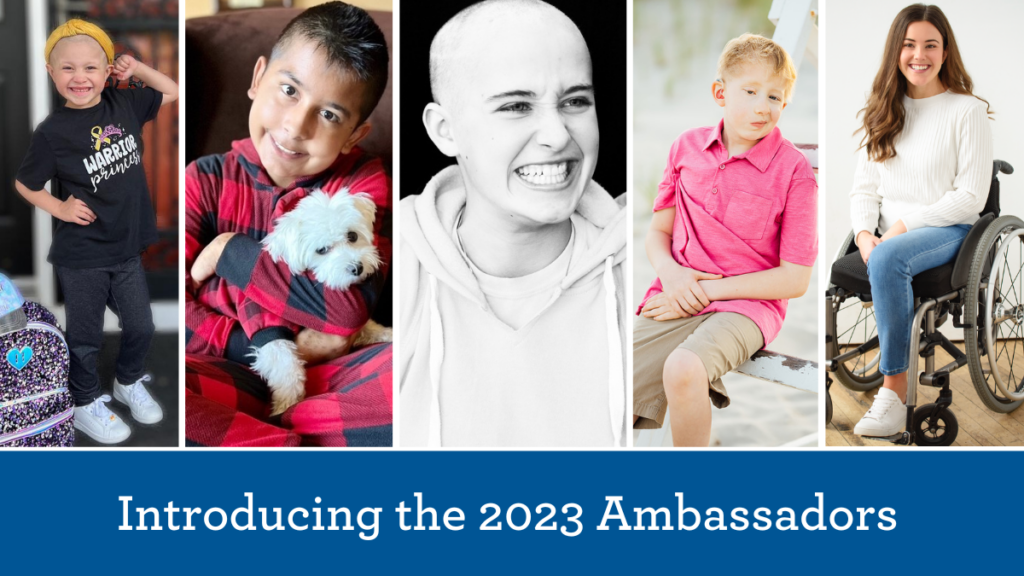
 SBF
Tweets »
SBF
Tweets »